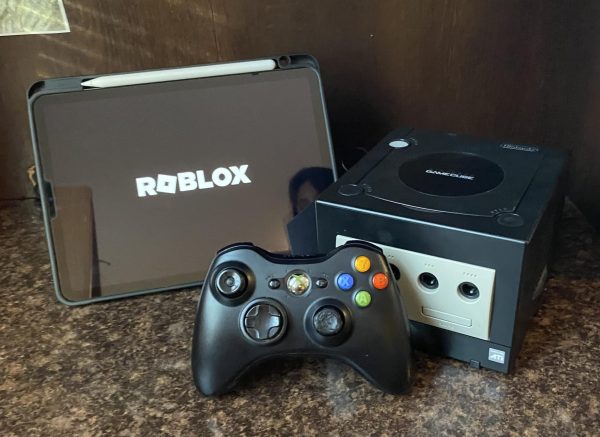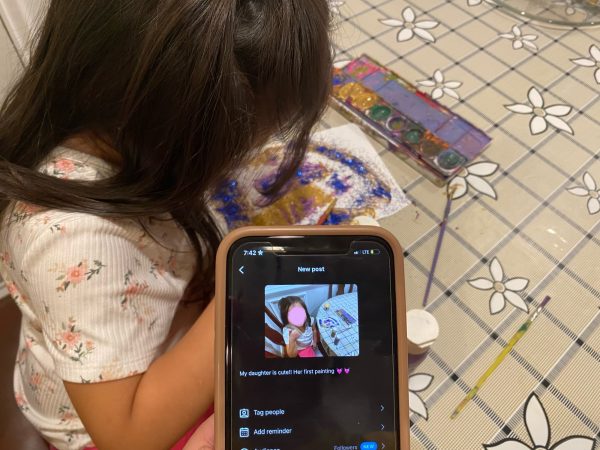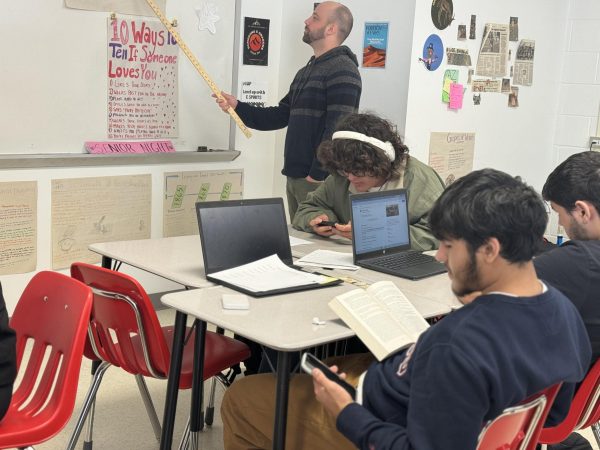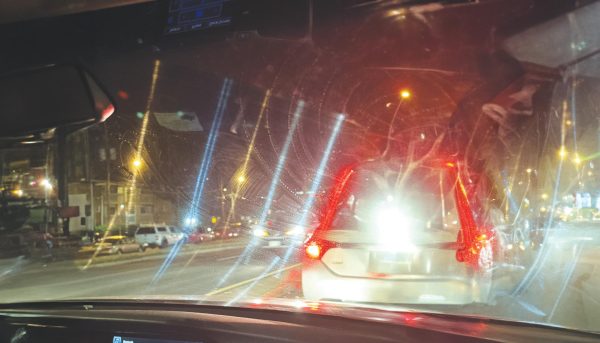Student reflects on Pride Parade
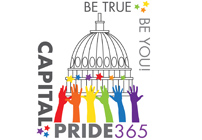
Every year, citizens in the Washington D.C. area travel to the city to participate in the Capital Pride Parade. The Capital Pride organization focuses on supporting and celebrating gay citizens.
They strive to protect and help our community grow in its diversity. Washington D.C. annually hosts an LGBT (Lesbian, Gay, Bisexual, and Transgender) festival to celebrate everyone’s diversity and equality.
The Capital Pride organization provides these parades to help motivate members of the LGBT to have pride in themselves and their orientation. A small staff manages Capital Pride, but is also supported by an abundance of volunteers.
I myself have gone to a Pride parade. The minute I arrived, I was hit with the booming sound of cheering citizens. There was an extremely diverse crowd of people walking through the streets, wearing clothing ranging from tutus and pink clothing to barely anything at all. On one side of the street people were singing and yelling chants, and on the other side people were posing for group photos.
The Capital Pride’s festivals and celebrations date back to 1975, when the first LGBT festival was hosted. Lambda Rising (LGBT bookstore) owner Deacon Maccubbin hosted a block party where trucks were filled with soft drinks and served to citizens.
Today this is know is the city’s first organized gay pride event. Following this event was Gay Pride Day, which was the first hosted parade for the LBGT community.
As my friends and I continued walking we came across a fountain centered in the middle of the park, surrounded by people. Once we were closer we realized all these people were sharing and listening to each other’s stories. They all spoke about growing up and coming out. They discussed hardships they faced and how they got through them. People gave advice and sympathized with others.
My friend and I were amazed, as well as inspired, to see all these people coming together and sharing stories with each other like they were family.
Although the parade started out successfully, in the 1990’s funding for the parade decreased greatly. At that point the One in Ten organization, made up completely of volunteers, was in charge of all Pride festivals and parades.
However, they also ran into financial difficulties. As a co-sponsor the Whitman-Walker clinic joined the One in Ten organization, and the name was changed to Capital Pride. From 2002 to 2008 the Whitman-Walker clinic was in charge of all things concerning Capital Pride. Soon the Pride Planning Committee created the Capital Pride Alliance.
After submitting a proposal to run the Capital Pride parades and festivals, they became the producer of all Capital Pride events in March of 2008.
After walking throughout the festival and taking pictures, the floats arrived and the parade began. First, cars came through with signs saying “DRAG” hanging on them.
After the cars passed, rainbow colored floats drove through. Each float had people dancing and singing on them. One of the floats was tossing colorful necklaces and bracelets. Other floats threw candy and stickers towards the crowd.
The Pride parades are a time for a usually uncelebrated group of people to come together and celebrate themselves. Citizens gather to encourage acceptance of who they are and what they stand for.
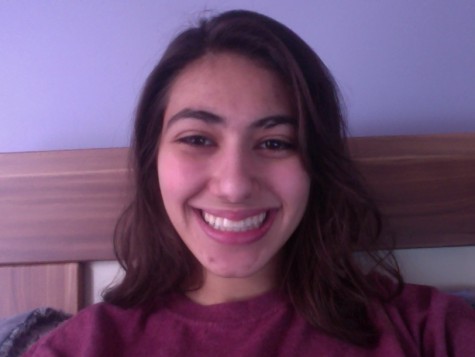
Jeanine is a senior at AHS and this is her second year on staff. Last year she was a staff writer, but this year she is a circulation manager. In her...



